Blog Posts Tagged Technical Content
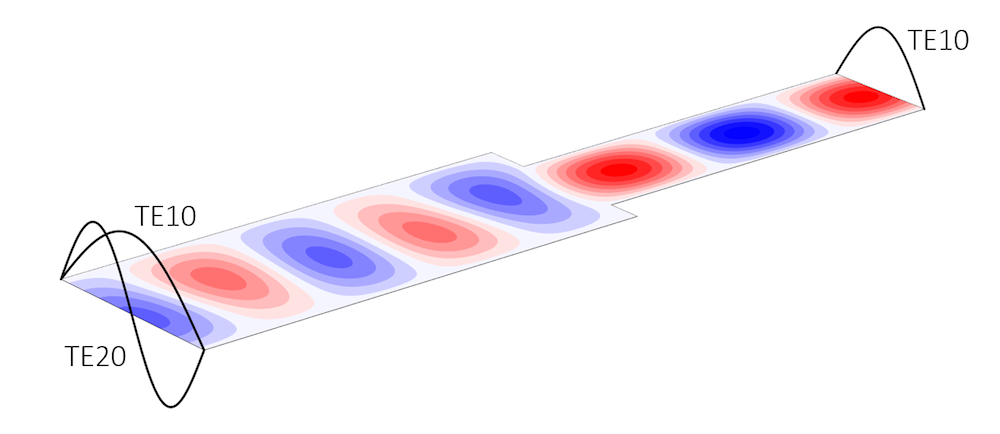
Ports and Lumped Ports for Wave Electromagnetics Problems
The Lumped Port boundary condition can be used to model boundaries through which a propagating electromagnetic wave will pass without reflection. Learn how to use this feature in your EM models.
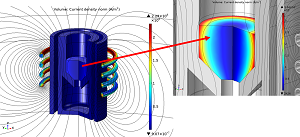
Tips and Tricks for Modeling Induction Furnaces
A guest blogger from SIMTEC gives an introduction to the principles of induction heating and shares insight into the modeling of induction furnaces.
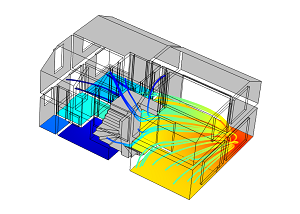
Modeling Room Acoustics with COMSOL Multiphysics
The field of room acoustics aims to study the sound quality of a space in a qualitative way. The Acoustics Module includes features to simulate the acoustics of rooms and other confined spaces.
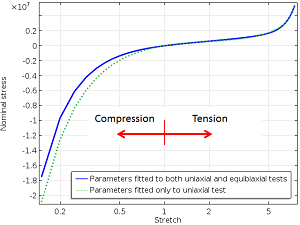
Obtaining Material Data for Structural Mechanics from Measurements
Linear elastic, hyperelastic, nonlinear elastic, plasticity, creep, concrete: COMSOL Multiphysics® contains a number of built-in material models for structural analyses. Get an intro >>
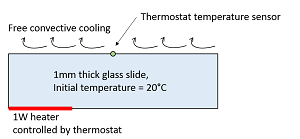
Implementing a Thermostat with the Events Interface
Hot or cold? You can use the Events interface in COMSOL Multiphysics® to implement a basic on-off thermostat in your model for controlling a heat load. Get a demonstration of how to do so here.

Modeling a Periodic Heat Load
Interested in modeling periodic, or pulsed, heat loads? Modeling such a situation accurately and efficiently in COMSOL Multiphysics® is simple with the Events interface. Learn more…
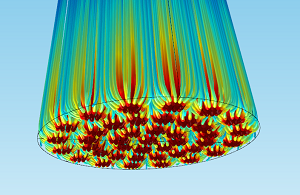
New and Revamped Chemical Engineering Interfaces
Get an overview of the modeling interfaces for reaction engineering and mass transport in COMSOL Multiphysics®, including the Chemistry and Reaction Engineering interfaces.

Thermodynamic Equilibrium of Plasmas
Are you interested in modeling plasmas with the COMSOL® software? Get an overview of the different plasma types and when to use each of the interfaces available in the Plasma Module.
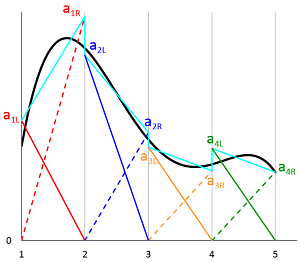
Discretizing the Weak Form Equations
In another installment of our blog series on the weak form equations, get an overview of how these equations are discretized and solved numerically in the COMSOL® software.
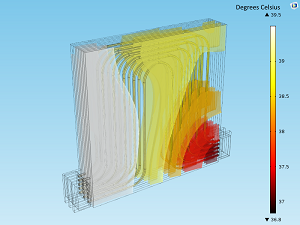
Why Car Batteries Perform Poorly in Cold Weather
Have you ever gone to start your car on a cold winter morning and nothing happens? The battery’s ability to convert chemical energy into electrical energy can be affected by low temperatures.
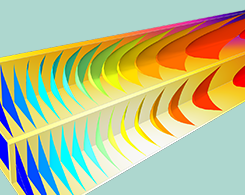
Modeling Approaches in Heterogeneous Catalysis
Get an introduction to heterogeneous catalysis, the main steps for chemical species in heterogeneous catalytic reactions, adsorption-desorption models, surface reactions, and much more…
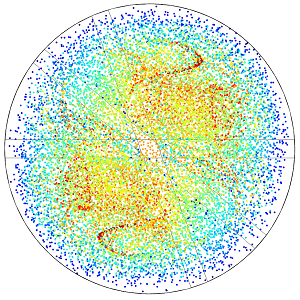
Application-Specific: Polar, Far-Field, and Particle Tracing Plots
When postprocessing your electromagnetics models, you can use polar, far-field, and particle tracing plots to effectively display your results. Learn how to use these 3 plot types here.
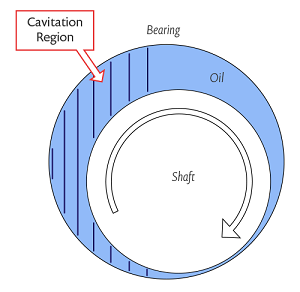
Predicting Cavitation in Journal Bearings
When designing journal bearings for use in a rotating shaft, the effect of cavitation needs to be considered, because it can affect the performance of these components.
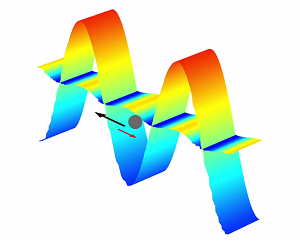
How to Compute the Acoustic Radiation Force
Did you know that objects can actually be moved by sound? This effect is called acoustic radiation, and it is an acoustophoretic phenomenon that can be analyzed in the COMSOL® software.
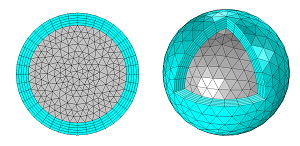
Using Perfectly Matched Layers and Scattering Boundary Conditions for Wave Electromagnetics Problems
Learn how to use scattering boundary conditions and perfectly matched layers to truncate domains for your wave electromagnetics problem — and which technique is best for your modeling scenario.
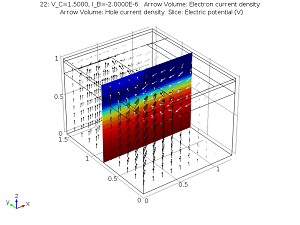
How to Perform a 3D Analysis of a Semiconductor Device
Open for a comprehensive introduction to performing 3D analyses of semiconductor devices in COMSOL Multiphysics®. We demonstrate with a bipolar transistor example.
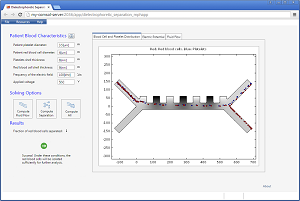
Dielectrophoretic Separation
Dielectrophoresis is a phenomenon in which an electric field is used to control the movement of electrically neutral particles. Learn about how to model this effect in both DC and AC fields.
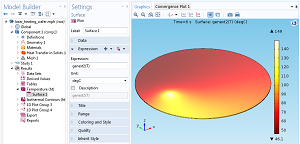
Using General Extrusion Operators to Model Rotation
You can use the General Extrusion operators in COMSOL Multiphysics® to simulate rotating objects exposed to loads. A common real-world example of this is rotisserie-style foods.
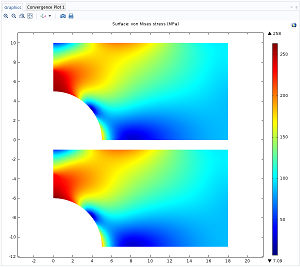
Introducing Nonlinear Elastic Materials
Examples of nonlinear elastic material models: Ramberg-Osgood, Duncan-Chang, Hardin-Drnevich, Power law, and more. We discuss how to apply nonlinear elastic materials in your analyses.
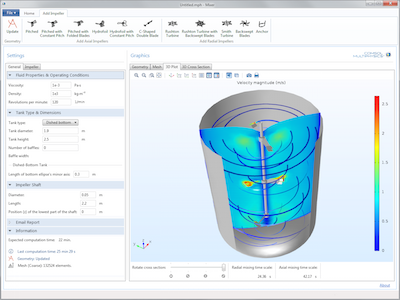
Geometry Modeling in Simulation Apps
See how to use cumulative selections and geometry parts when creating simulation apps that can be used to model geometries based on parameterized CAD models.
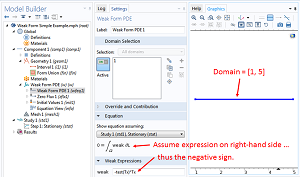
Implementing the Weak Form in COMSOL Multiphysics
In Part 2 of our series on the weak form equations, we demonstrate how to implement and solve these equations numerically using COMSOL Multiphysics®.
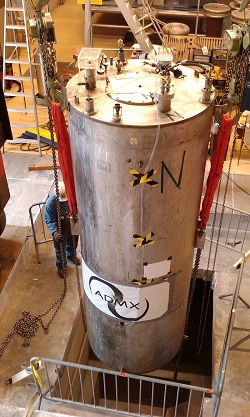
Detecting Dark Matter Axions with a Microwave Cavity
The Axion Dark Matter eXperiment (ADMX) uses a microwave cavity in an attempt to detect dark matter axions. Learn more about this project and how simulation can be applied to it.
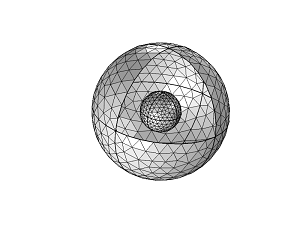
Computing View Factors with the Heat Transfer Module
Interested in computing geometrical view factors in COMSOL®? There are operators for postprocessing that correspond to the operators used to generate surface-to-surface equations. Learn more.

Analyzing Capacitive Touchscreens in Consumer Electronics
Most of us use multiple touchscreen devices throughout the day, from our smartphones to the ATM. Learn how to use electromagnetics modeling to study capacitive effects in these devices.
